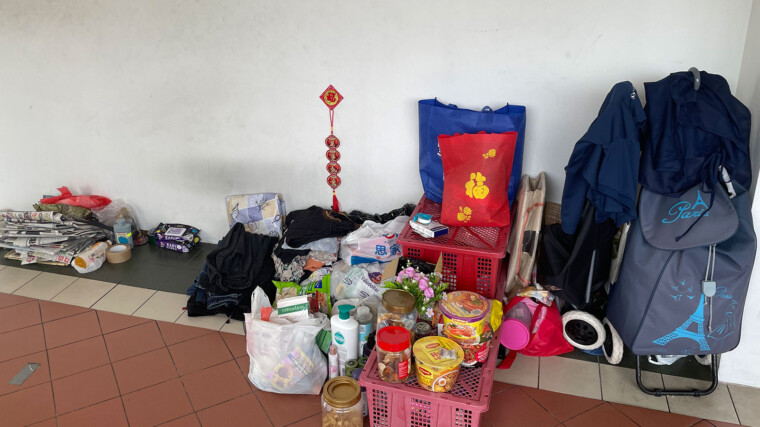|
Audio Version Available
|
There are fewer people sleeping rough on the streets in Singapore.
That’s according to a survey conducted by the Ministry of Social and Family Development last November. The single-night street survey saw a 40% drop in the number of rough sleepers, from 921 in 2019 to 530.
That puts it at about 9 per 100,000 people in Singapore, says MSF.
Last month, I found myself at a car park in the southern central part of Singapore at 11am with a colleague, looking for a rough sleeper. It wasn’t night time, where chances were higher but I wanted to try my luck.
A friend had told me that she saw a nook done up like a mini sleeping area. She didn’t see anyone there, but it looked neat and well kept.
I was curious to see if this belonged to one of Singapore’s rough sleepers.
It wasn’t that difficult to find the carpark, but it wasn’t what I expected. From what (I thought) I knew, rough sleepers usually shy away from crowded places to avoid attention.
Yet here was I, a stone’s throw from an HDB block filled with tuition centres and hair salons; there’s even a mall nearby!
Meeting auntie
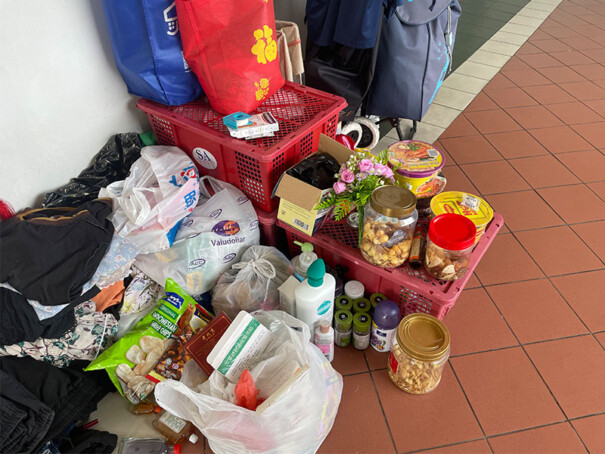
When I found the nook, I found it occupied. An elderly Chinese auntie was sitting on the floor. She was struggling to get up and I asked her if she was okay.
She told me in broken English: “It’s okay, it’s normal for me to be like that.”
I managed to have a short conversation with her before she told me she had to rush off.
She shared with me about her struggles at work. Showing me her hands covered with plasters, she told me that she deals with a lot of oil as a cleaner, and that often leaves her hands and fingers raw and bleeding.
“I wipe a lot of tables,” she said.
She didn’t tell me her name, but she told me she was in her 60s. The short and plump auntie was chatty and friendly, but I sensed an air of tired resignation about her as she told me that she had to go off for her shift.
Other stories you might like

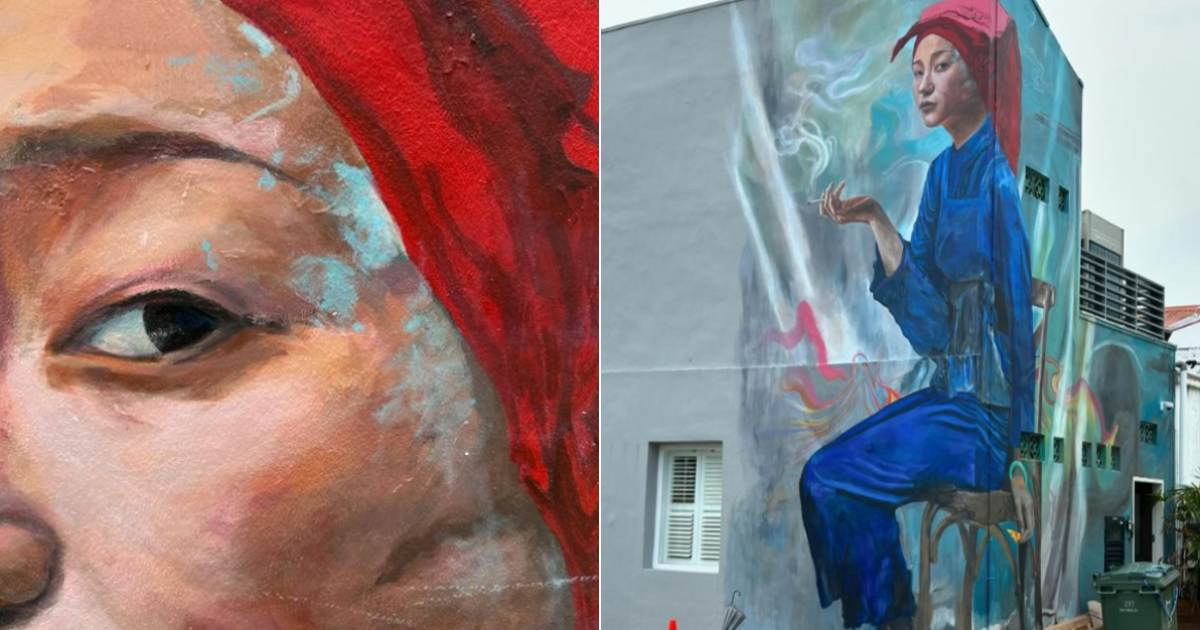
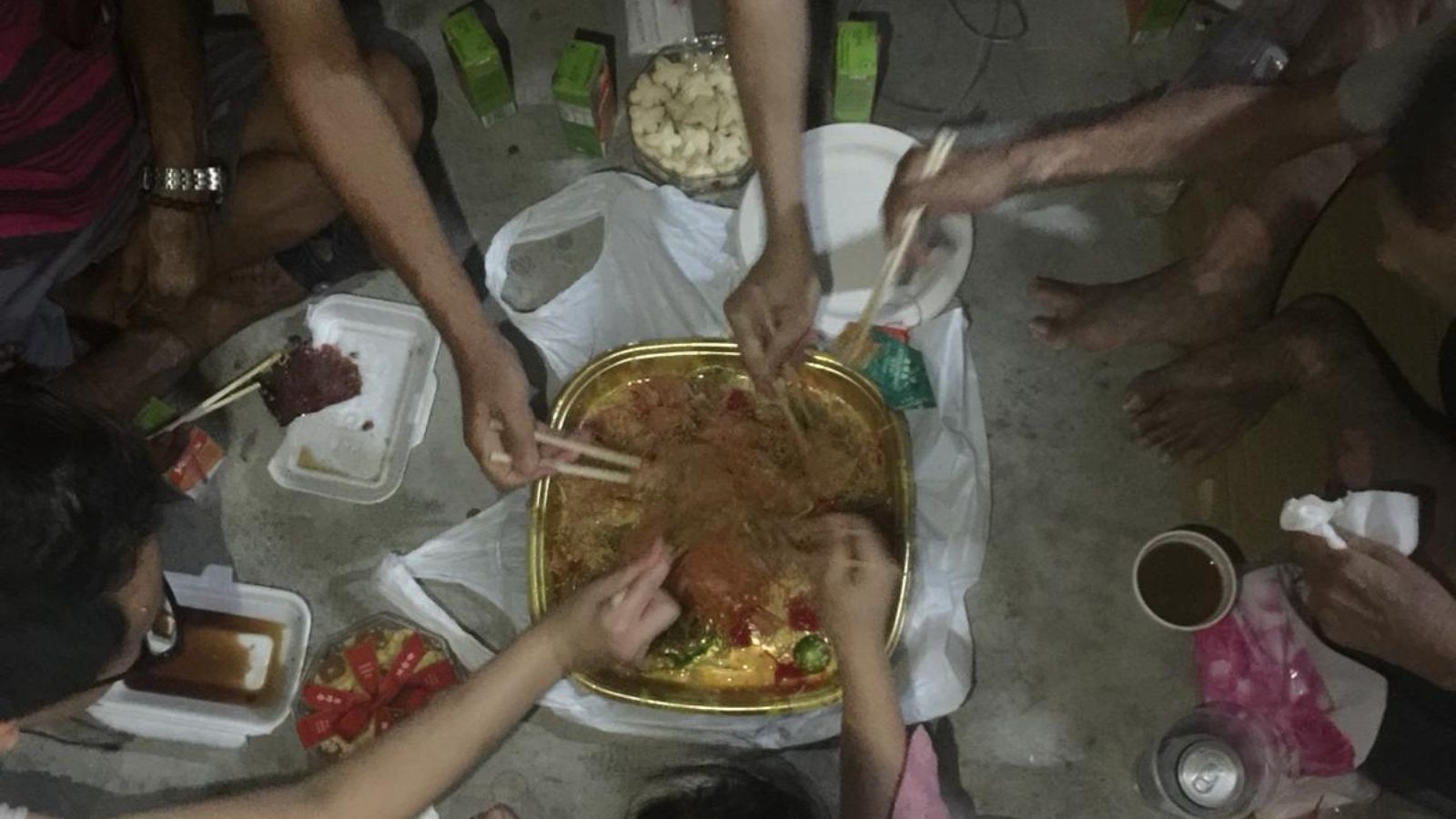
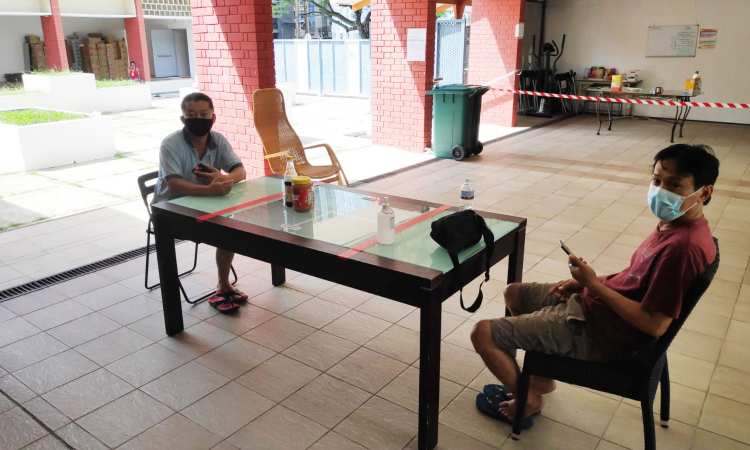
After she left, I glanced about her nook. It was neat, with piles of newspaper and necessities like food, clothes and soap arranged in a corner. Tucked away in a corner was a short stack of cardboard.
It felt odd. It’s a public space but I saw food items like snacks, seasonings and even Chinese New Year cookies, almost as if it was a room.
It felt like I was intruding on her privacy.
It was a short 10-minute conversation with her, but it left me with more questions than answers.
I wanted to find out more.
Finding help
Leaving her nook, my immediate thoughts were: Is auntie getting any help?
The irony is that I discovered that there was a Family Service Centre near where she lives.
I contacted the Family Service Centre and the social workers were (rightfully) reluctant to divulge more information about her. It is only when I told them that I had met her that the social worker I spoke with confirmed that, yes, they were aware of her and yes, she is receiving help.
To give away any more information without her consent is a breach of her privacy, the social worker told me.
Other stories you might like


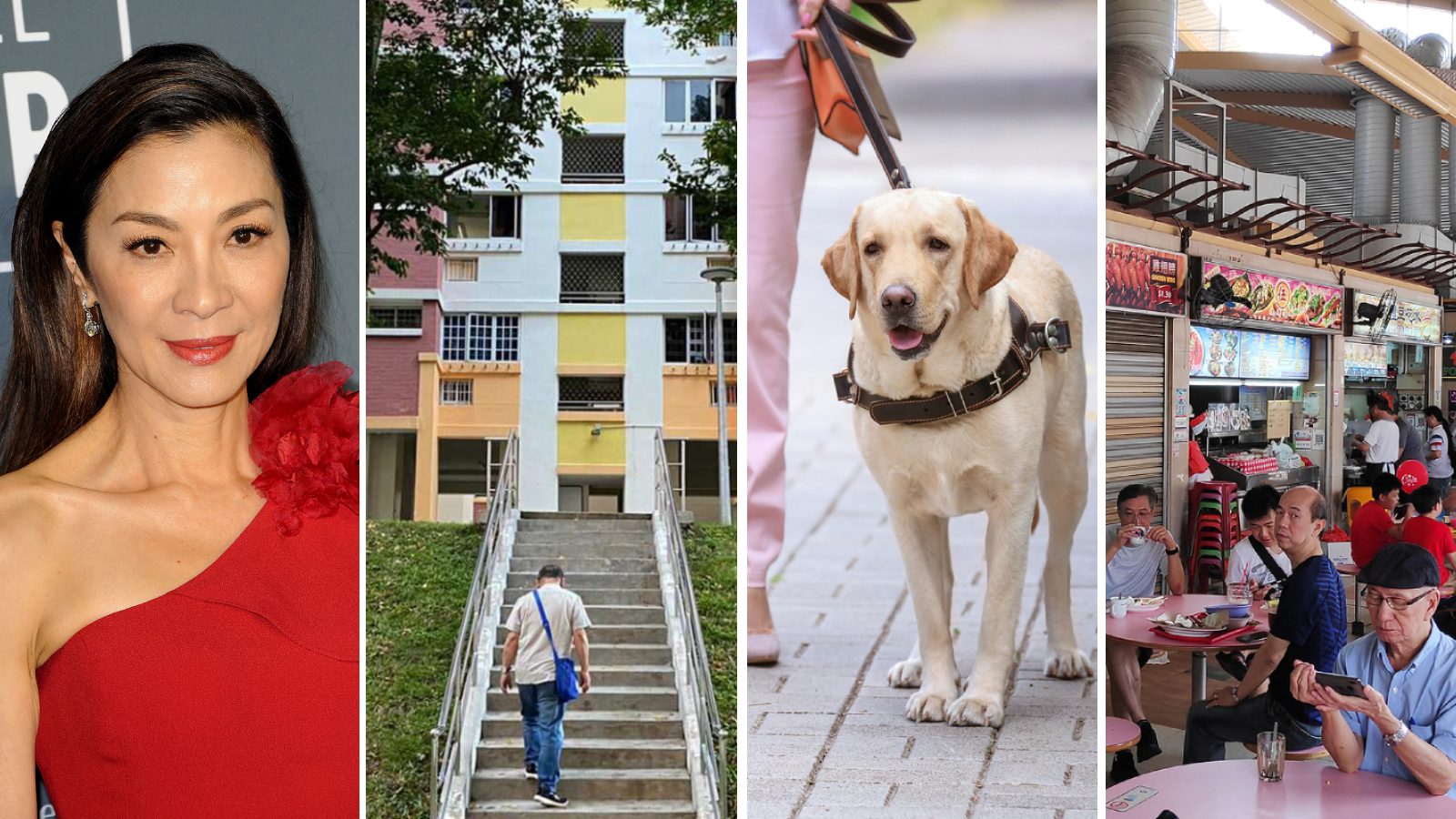
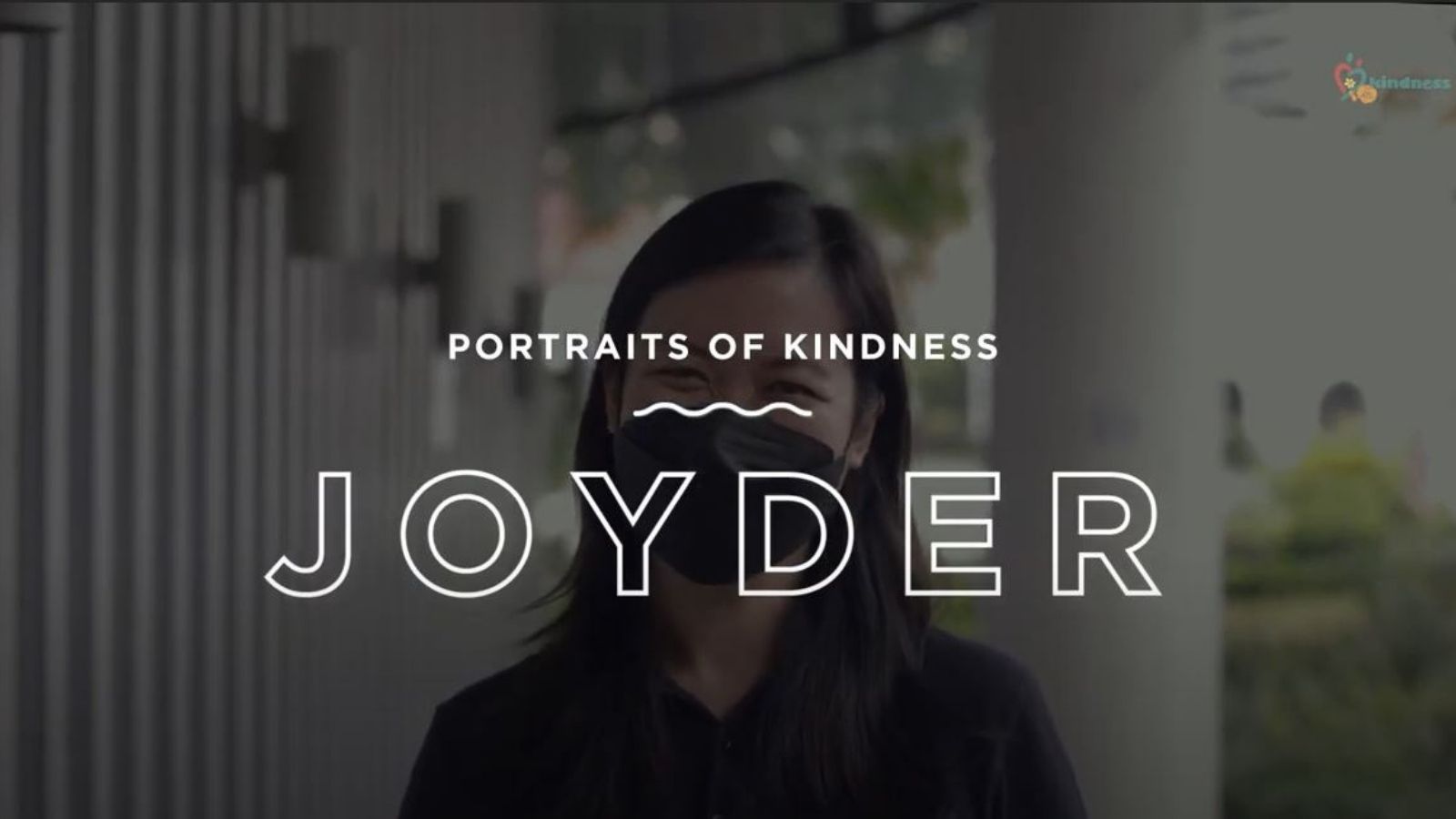
After leaving the FSC, I explored the area further, hoping to find other people who might know about her.
I talked to a few people and met a tai chi master who told me a bit more.
He uses one of the upper levels of the car park to host his sessions and told me that as far as he knows, the woman has been staying there for about five to six years.
He was quite protective of her and kept telling me I shouldn’t write this article.
“She doesn’t need your help lah. Don’t pity her, okay!”
He was worried that I would “disturb her peace”, even after I reassured him that we would protect her identity and location.
He said: “She probably doesn’t need the help, don’t assume that she does, because what if she’s happy with what she has?”
Why won’t rough sleepers want help?
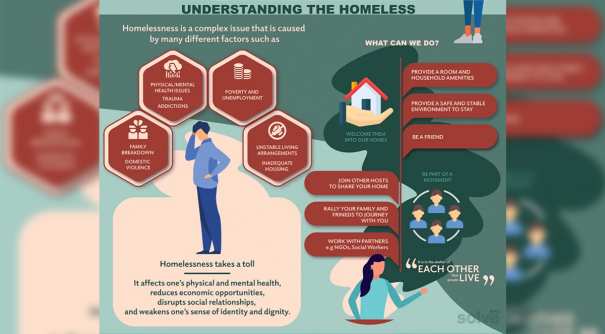
But if someone is sleeping rough, why wouldn’t that person welcome help from others?
MSF defines “rough sleepers” as people sleeping in public spaces, and “homeless” as those without access to adequate housing.
Puzzled, I spoke with Emma Tang at Solve N+1, a social consultancy.
Emma, 25, project consultant and team lead for one of its flagship projects, called Open Home Network, which encourages and enables Singaporeans to open their homes to people who need help, explained that working with rough sleepers is not a straightforward issue.
“It can be quite complex, because we’re dealing with a person who has been through their own things, and they have their own way of thinking,” said Emma.
It is essential to understand that it is not a simple problem that could be solved with just providing shelter.
These Persons in Crisis, or PICs, as Emma explained, often go through myriad issues that led to their rough sleeping. It’s important to treat them as people first, rather than problems.
“I think that’s where like befriending comes in… as you journey with them, then you start to understand their context better,” said Emma.
Perhaps that’s why the auntie chatted with me; I talked to her like a concerned passer-by – I treated her like any other normal person, not a problem to be solved.
Befriending with dignity
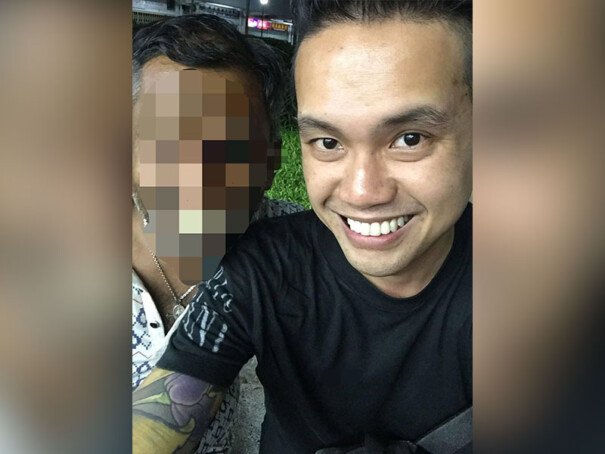
I later spoke with Mervin Lee and Derek Lim from Homeless Hearts of Singapore (HHOS). In fact, both Mervin and Derek told me that they were aware of the auntie whom I met.
Mervin, 42, who co-founded the local non-profit volunteer befriending group, said: “At the end of the day, we can’t throw solutions at them… it’s really about the human connection.”
“It’s not like, ‘I’m here to be a rescue. I’m here to save you from yourself’. But rather, I am here as an equal. I’m here as your friend.”
HHOS is a strong advocate for befriending PICs because they realise the importance of positive connections and networks.
Added Derek, 28, who is HHOS’ volunteer head and outreach coordinator: “We can’t really force any help on them… they can make their own decisions and we shouldn’t be responsible for their lives.”
“[PICs] go to coping mechanisms to try to help them pass the time to try to help them deal with uncertainty. By providing them stable, healthy, positive relationships… they don’t actually have to go to alcohol and drugs and all these kind of things as an escape from their problems,” added Mervin.
He further explained that it’s also not about handouts and giving PICs the help we think they need, it’s simply about journeying with them and making ourselves available.
Rejection and what we can do about it
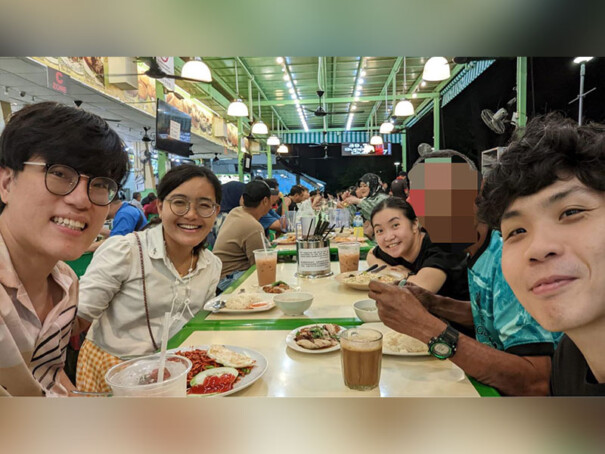
However, not everyone is ready to receive help or are open to befriending. Derek explained that it’s very common to experience rejection.
Some PICs reject befriending because of a mismatch in expectations (HHOS does not give out money), or they expect fast outcomes from the help provided.
If we force our help onto them, we make assumptions and strip them of their identity and autonomy, said Mervin.
“It’s about restoration of dignity and respect. Everyone has inherent value… It’s not about coming from a position that ‘I’m better than you. I’m like giving you handouts’, that’s why our emphasis is so much on befriending, because friends are equals,” he said.
Other stories you might like


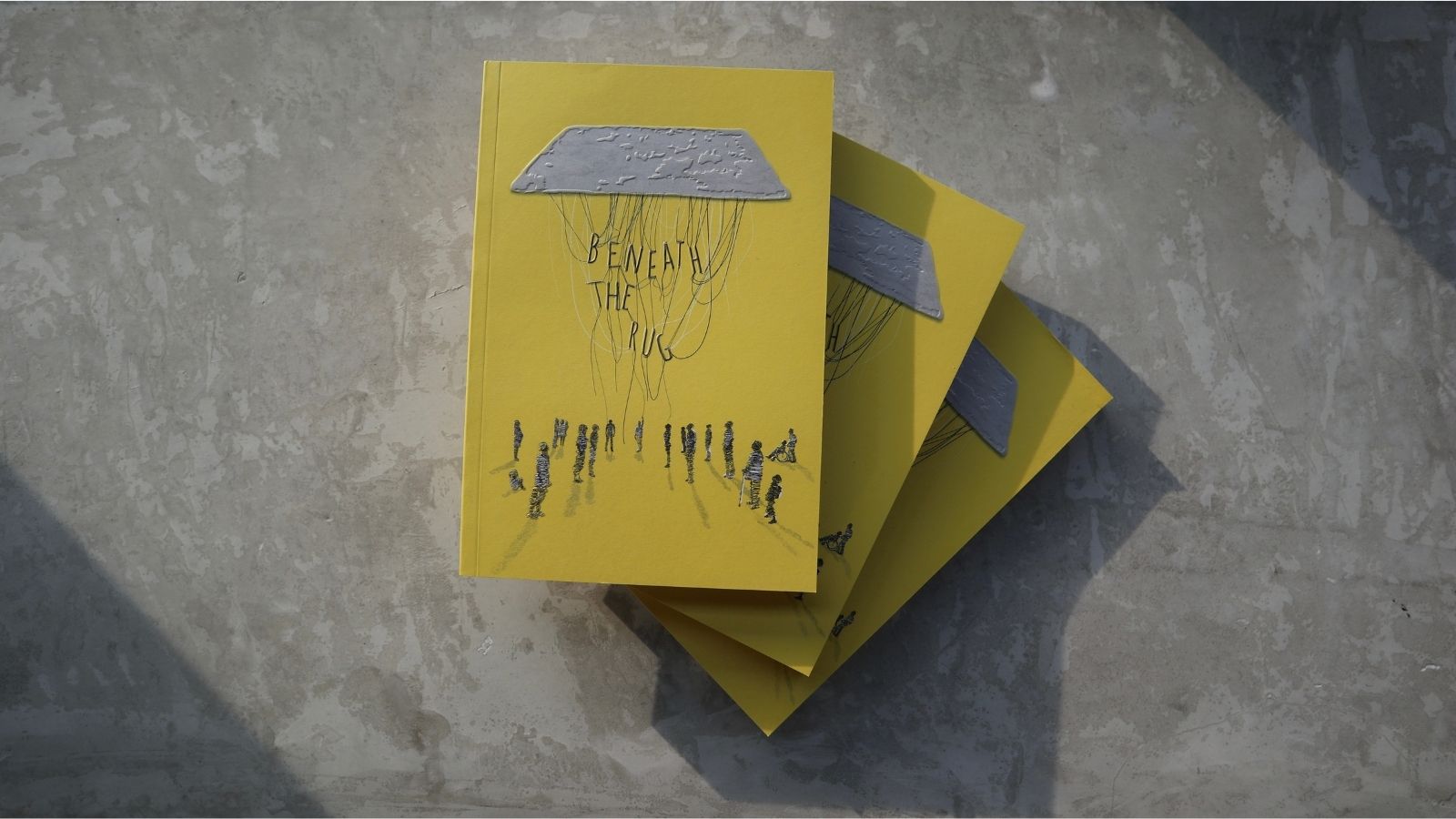

Both Derek and Mervin agreed that there was no need for judgement or pity, and that we should always strive to better understand them first.
“Sometimes they’re quite alright with [where they are]… we cannot just assume that they are having a terrible time or they hate where they are at and all that, because once again, the dignity. We must understand where they’re at and respect them,” said Mervin.
If you like what you read, follow us on Twitter and Google News to get the latest updates.
